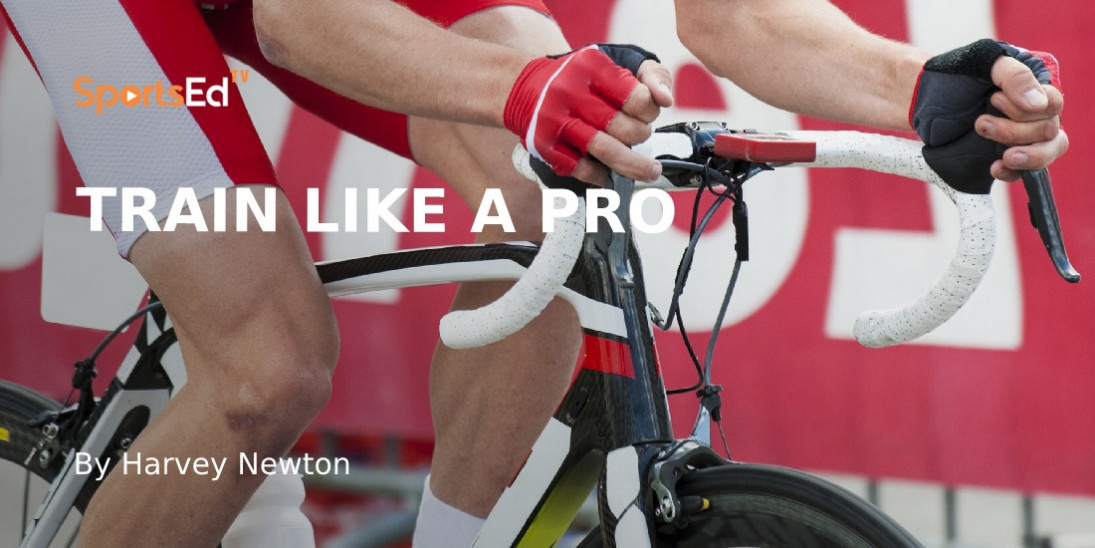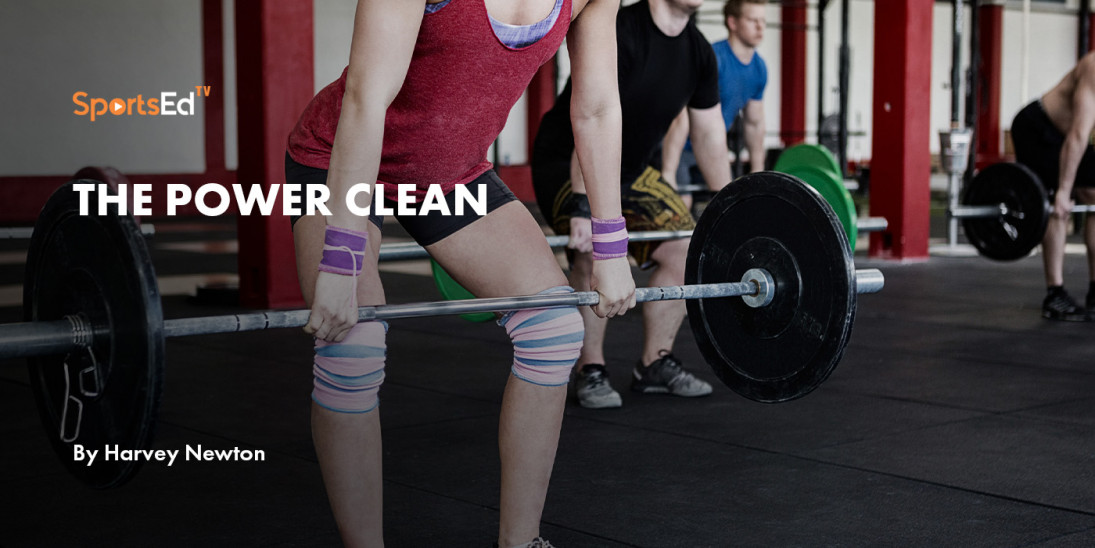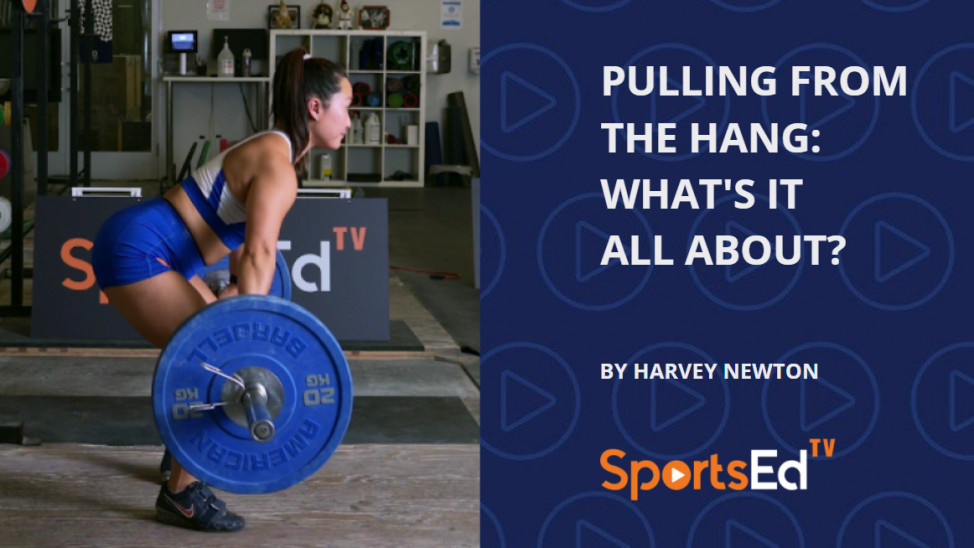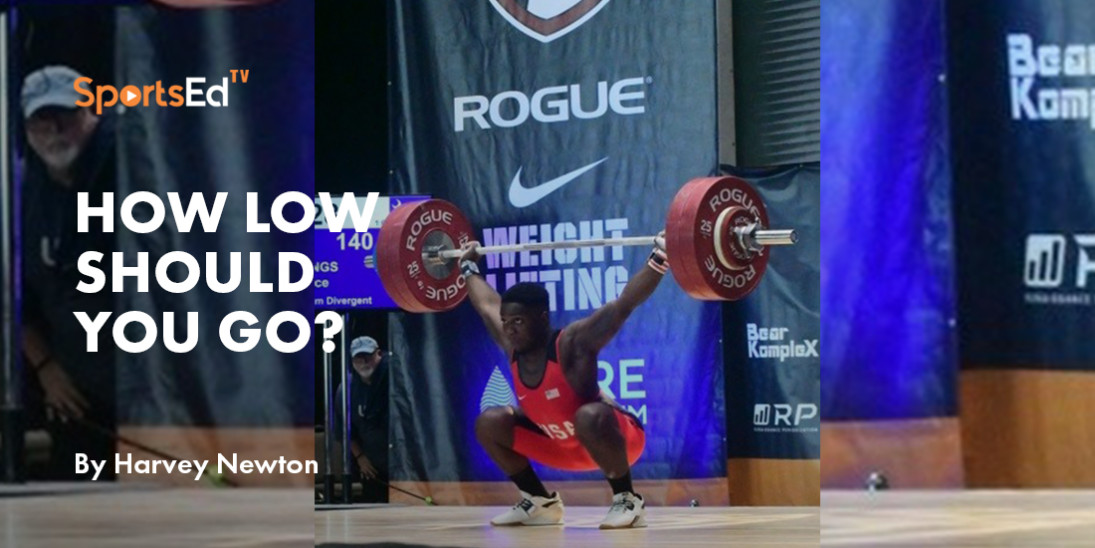Weightlifting
Welcome and thanks for visiting...

The Squat: A Key to Weightlifting Success
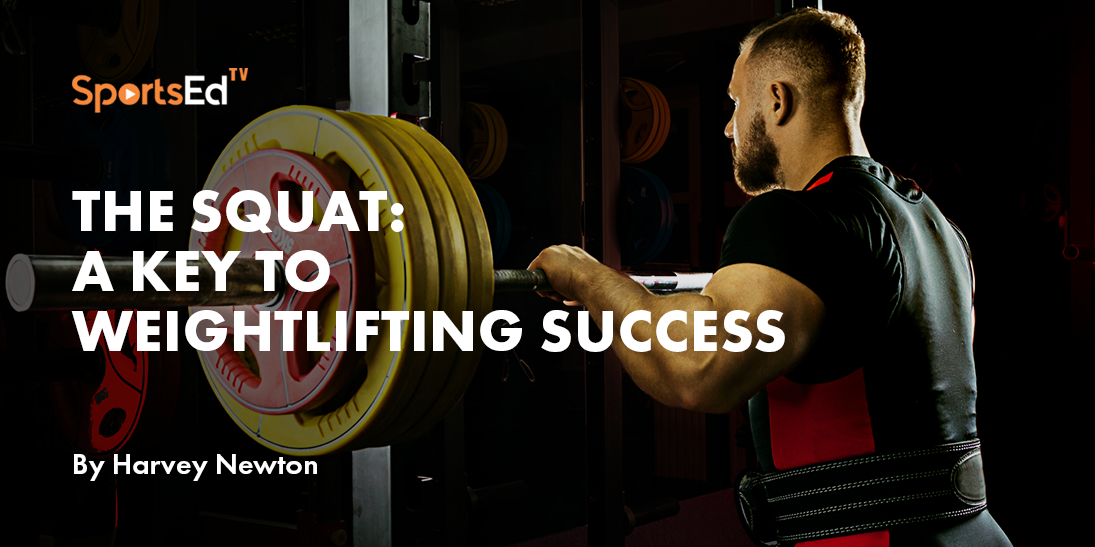
The creation of the first generation of USA Weightlifting coaches’ education materials in the late 1980s was the brainchild of Gene Baker, then the USAW National Coaching Director. Three manuals were developed: Volume I: Technique, Volume II: General Physical Training for the Weightlifter, and Volume III: Training Program Design. Supportive videotape materials were also created.
Gene referenced some standard Soviet Union research of the era to discuss training program details. One of the key details in the Program Design manual, unknown to many at the time, was the suggested ratio of snatch to squat and C&J to squat. In other words, squat performance is strongly correlated with the direction of a training program.
Squat to Snatch and Squat to Clean Ratio
The details were fairly simple. In the case of the snatch, a balanced lifter would have a ratio of snatch: squat = 60–64%. The desired ratio of our other competitive lift was C&J: squat = 77–81%.
“If the result is greater than 64% for the snatch or 81% for the C& J, then this signifies that the lifter is getting the maximum out of his technique and needs more strength work.”
Likewise, “If the result is less than 60% for the snatch or 77% for the C&; J this signifies that the lifter needs more technique or speed-strength work. This low result shows inefficiency, which is usually caused by poor technique or slow movement.”
This topic has been covered in a prior SportsEdTV blog that readers may find helpful.
Following this key concept by periodic checks of squat performance can keep a lifter progressing throughout their career. However, keep in mind that while squatting is crucial to weightlifting success, a lifter can get carried away with a squat performance that does not translate to greater lifts on the platform. Within the annual training plan, there are times to improve strength, especially in the offseason to preseason period, and there are times to improve competitive lift performance, most importantly, during competition phases. Proper placement of these priorities will hopefully lead to new records on the platform.
Can Too Much Strength Be a Handicap?
Some lifters are surprised to learn that many elite foreign lifters do not have a maximum squat “record.” They often state their best squat performance as a set of three reps, for example. Why? Simply stated, either this multiple rep set or extrapolation to a theoretical 1RM squat performance suggests that adequate strength exists. Further attempts at improving squat performance may not result in improved platform performance, and there may be an increased risk of injury. Weightlifters must remain cognizant of the fact that their snatch and C&;J performance on the platform is where the medals are, not in the squat rack.
It was typical during the early days of current USAW coaching education programs to have many CrossFit participants in the audience. For the most part, this group was interested in learning about and improving their snatch and C&;J performance. Often, they had no idea what their squat performance was, as squatting was relegated to a less important role than the lifts. This sometimes resulted in some rather unbalanced performances, but the message got out, and this population has, to a great extent, learned that if they want to be good weightlifters, they need to have a balanced, high-performance squat result.
How often should you squat?
Improvement in the squat can come from making this exercise a priority. Squatting three times a week works well for most recreational lifters. Elite lifters may squat on a nearly daily basis, but it’s crucial to avoid overuse injuries. For some, improvement in the front squat may be important for improved success. This might require, especially in a competitive month, front squatting twice a week, while squatting only once. Certainly, if an athlete’s lift-to-squat performance is in the acceptable range, this may not be the time to aim for improved squat performance.
It should be obvious that weightlifters need to squat in a strict style likely to improve the necessary muscles used in pulling and recovery. It makes no sense to squat as a powerlifter does since the transfer of skill is unlikely to occur.
For details on the proper squatting form, please check the SportsEdTV weightlifting library links:
Proper Squat Form
Finally
For continued success on the platform, lifters need to periodically check and maintain a balanced ratio of snatch and C&J to squat performance. This is something easily accomplished, and guaranteed to pay positive results.





